There is no denying that being a cat parent is a beautiful thing. Our cat becomes the center of attention and is considered no less than a family member. It is crucial to ensure that your feline friend is always healthy and happy; after all, your peace of mind and happiness depends on it too. It is always a good idea to regularly check your cat’s weight and see if it is in the proper weight range.
A cat underweight or overweight is more prone to illnesses, and no cat parent wants that. Therefore, it is important to know how to determine your cat’s weight. Let’s have a look at some of the ways to do so.
You Don’t Need a Scale!
The great news is that you do not necessarily need a scale to check your cat’s weight. That is right! You can easily do it at home by conducting a simple body condition check. What is a body condition check, and how do you utilize it? Here are some of the ways.
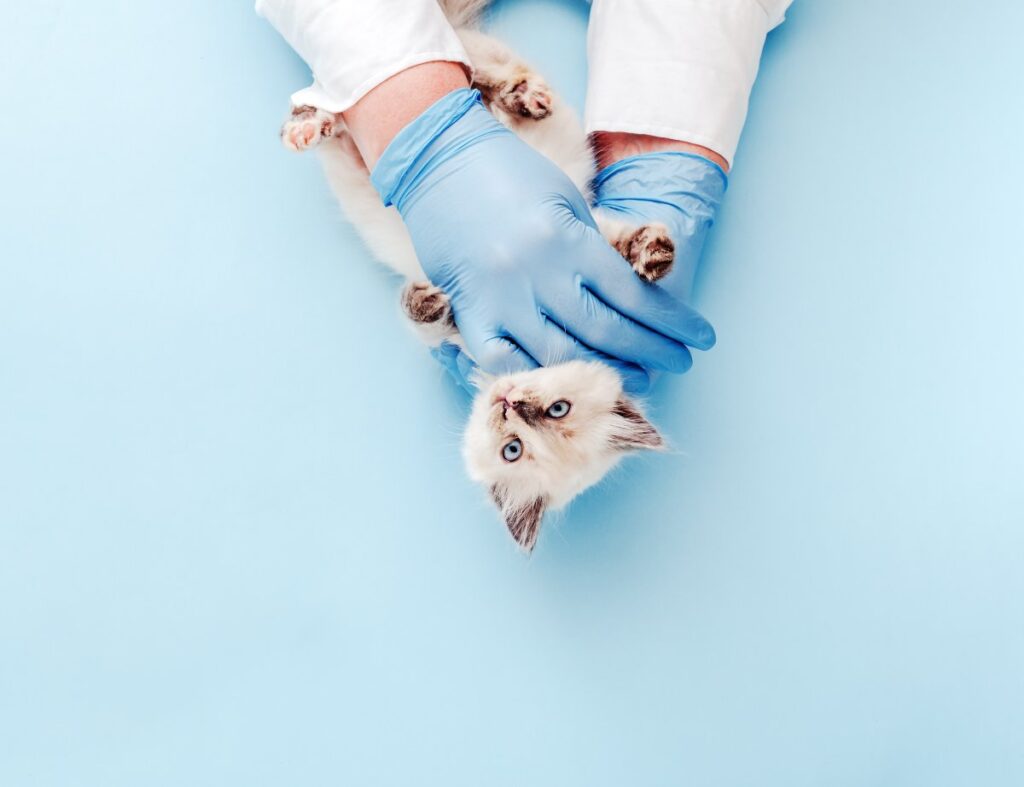
· Feel your cats ribs
This is one of the most commonly used techniques, and it is just as easy and convenient to do. Run your hand gently over your kitty’s side, where the ribs are located. What determines a cat underweight is if you can easily feel her ribs that are prominent visually and physically.
There is a fine balance between how prominent the ribs should feel. On the other hand, if you cannot feel the ribs and have a lot of fat present, you have an overweight cat. What makes a healthy, weighed cat is if you can still feel the ribs, but there is also some flesh in between.
· Feel your cats spine
Now do the same but this time, rub your hand around your cat’s spine and see how much you can feel the vertebrae. There will be barely any flesh or fat for an underweight cat, and you will easily feel the bones.
In contrast, if you can’t find her spine and it is too difficult to feel her bones, then your cat is overweight. An underweight cat is just as vulnerable to health risks as a fat cat, so make sure you constantly observe your cat’s weight and body condition.
· Abdomen
This next weight check is more so visual than physical. Try to examine your kitty from a side angle and see if her belly hangs loosely near the ground. If it is, then your cat is overweight. This is more of a check to see if a cat is overweight and generally not applied to a cat underweight.
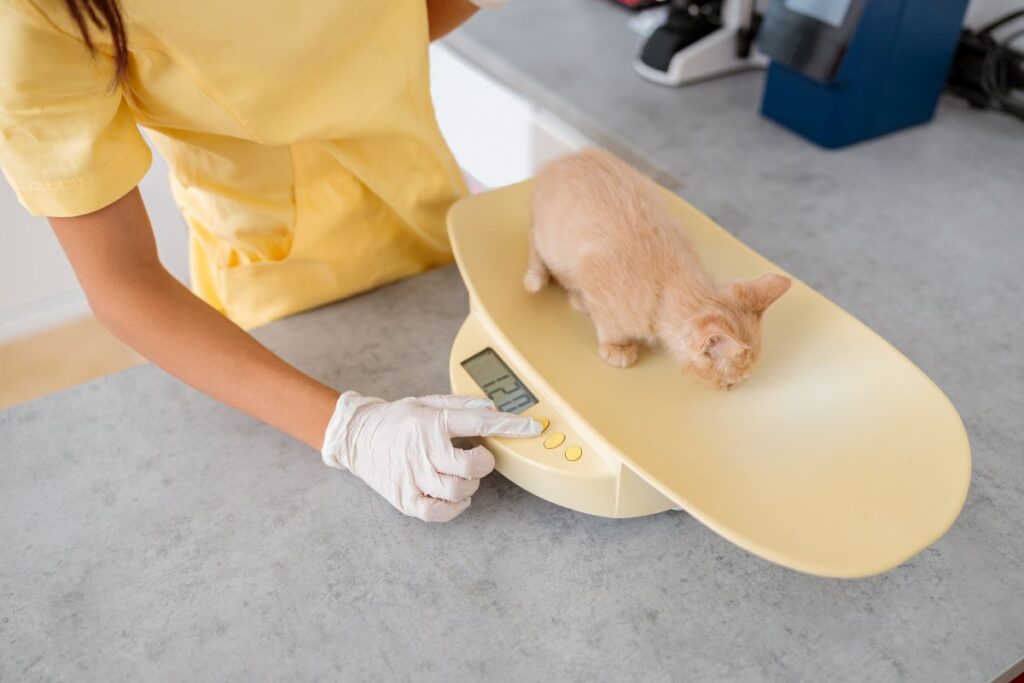
How Much Should Cats Weigh?
When determining the ideal weight for a cat, several factors must be considered to avoid any inaccuracy or false conclusions. Some of those include the breed of the cat, age, sex, and certain health conditions specific to a particular cat. In general, the ideal weight of a healthy mid-size cat is around 8 pounds.
So if you have a scale lying around, get your kitty to stand on it. Or you can stand with her, note down the weight, stand again without her, and calculate the difference between the two figures to find out your cat’s weight.
As for an alternative to that, you can take your cat to a vet, which will tell you if the case is cat underweight or overweight.
The Importance of a Healthy Cat Weight
While most people consider laziness as the main issue with a cat overweight, far more serious health problems are tied to it, which are not considered simply due to lack of awareness.
Regardless of whether you have an underweight or overweight cat, both need almost an equal amount of urgency and attention. So if you have done the body condition check and suspect that your cat is not of the ideal and healthy weight, then you need to consider taking your cat to the vet.
The experts will run medical tests and procedures to determine any potential harmful health condition your cat is bearing. Some of the common health problems with a cat underweight or overweight include diabetes, heart disease, metabolic disease, nutrient deficiency, and so on.

Ways to Help Your Cat Maintain a Healthy Weight
- Diet is one of the primaries that determine the overall weight your cat gains or losses, so make sure to pay attention to the specifications listed on the cat food you choose. Look for a healthier option for cat food depending on whether you have a cat underweight or overweight. If you have a cat underweight and low-calorie food for overweight kitties, look for high-calorie food. Or turn to the vet for professional advice.
- Make sure your cat’s daily routine involves plenty of physical activities that are essential for good health and weight.
- Opt for wet food over dry food. Like humans, cats also tend to confuse dehydration with hunger which makes them consume food and eventually put on unhealthy amounts of weight. Wet food is a good way of satisfying their thirst and hunger.
- Be patient whether you have a cat underweight or overweight, and don’t expect overnight results. If your cat eats healthy, she will return to the ideal weight over time.
- Give your cat the attention and affection it needs. Mental stimulation and physical stimulation are also important. All these things will prevent your cat from overeating out of boredom.
Conclusion
The bottom line is that every cat parent should not avoid taking their cat to the vet simply because their furry friend is afraid or strongly dislikes the visits. Regular check-ups are essential for ensuring that you don’t face the problems of a cat underweight or its opposite.

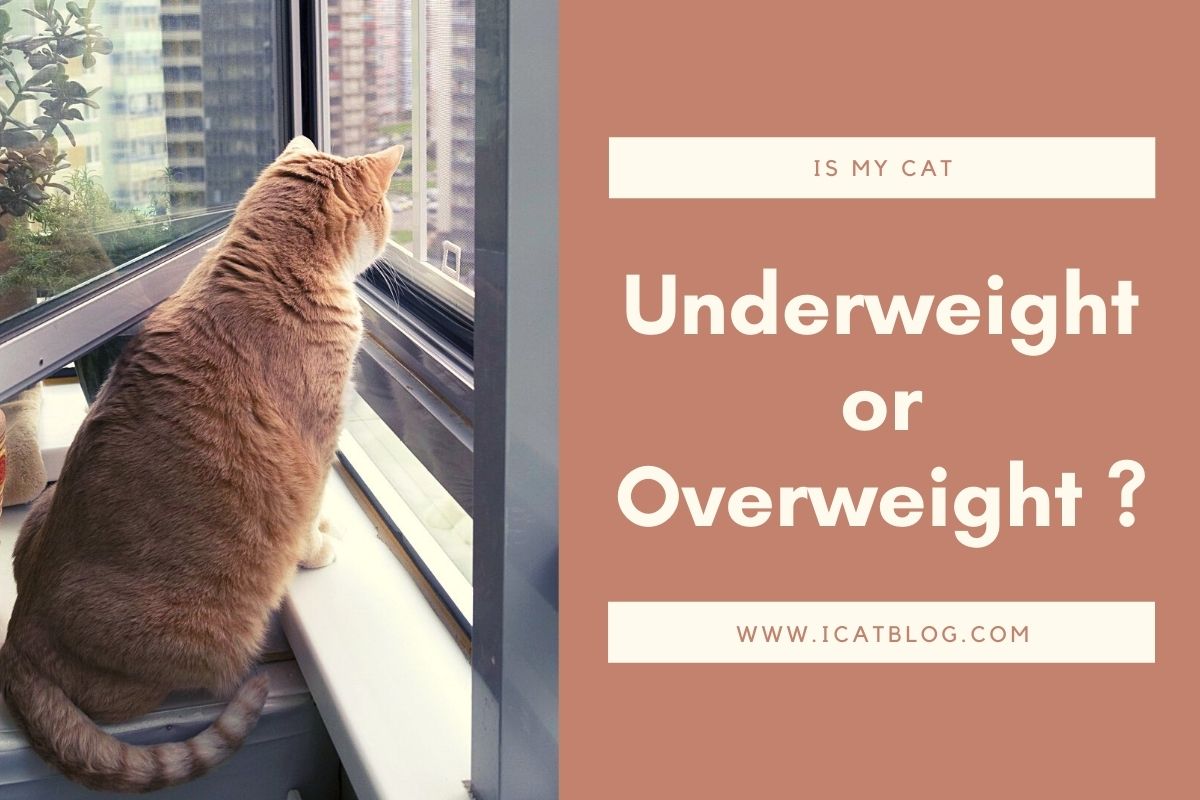

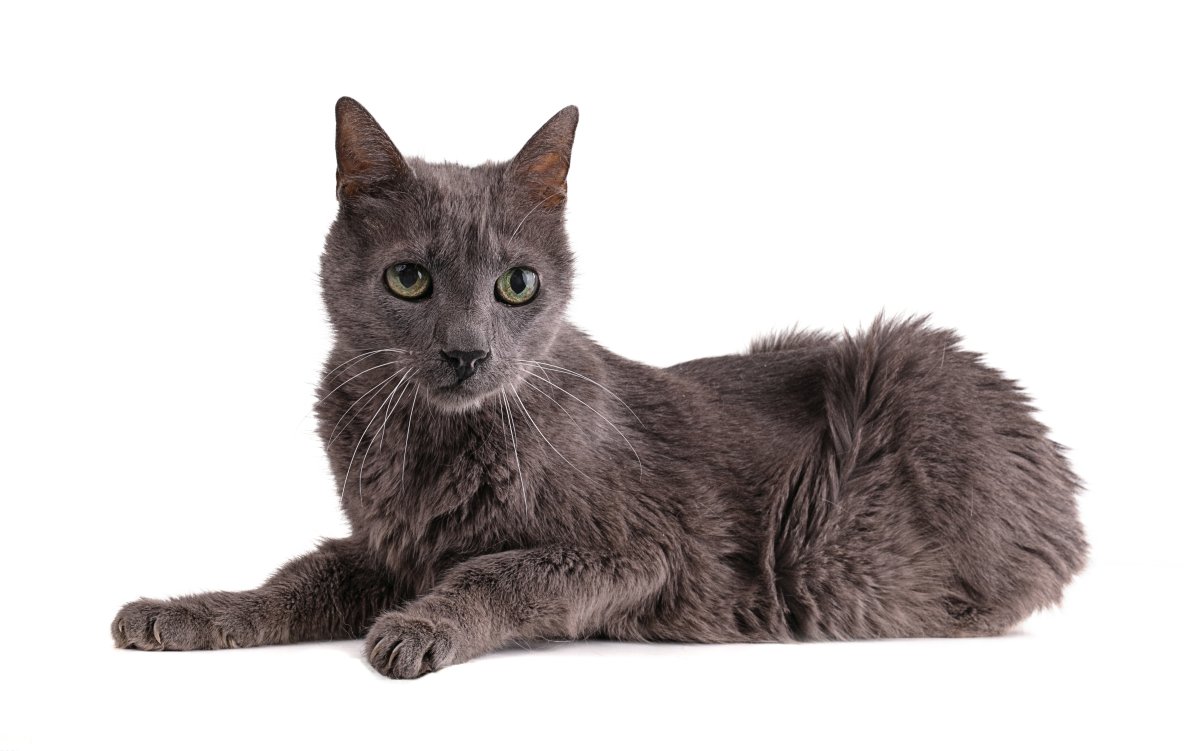
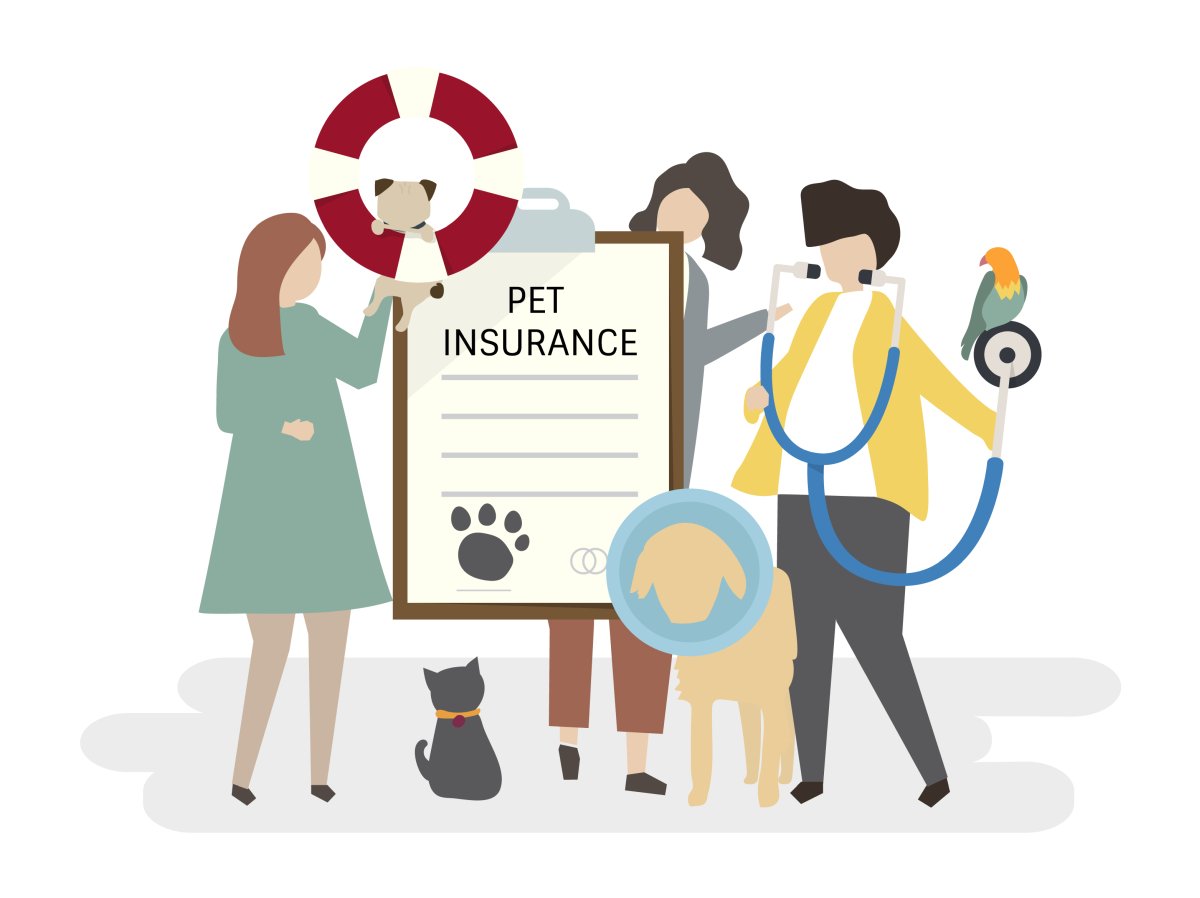
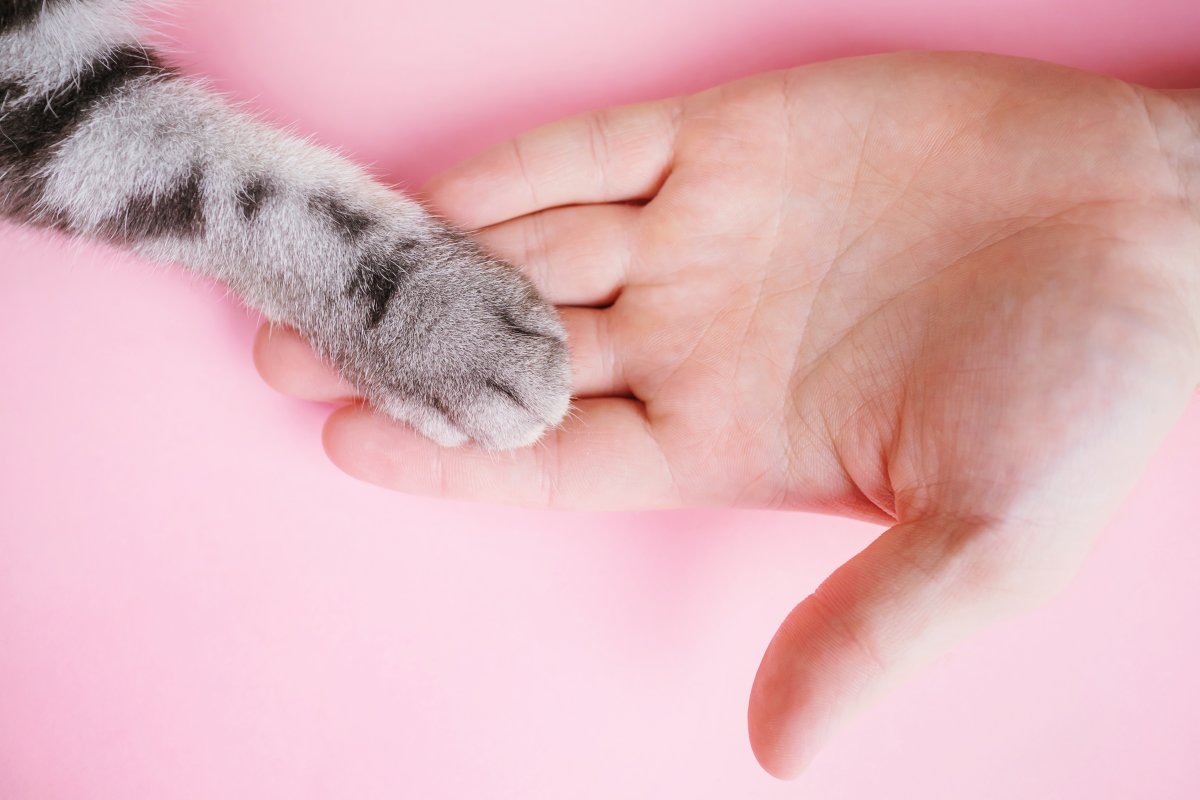
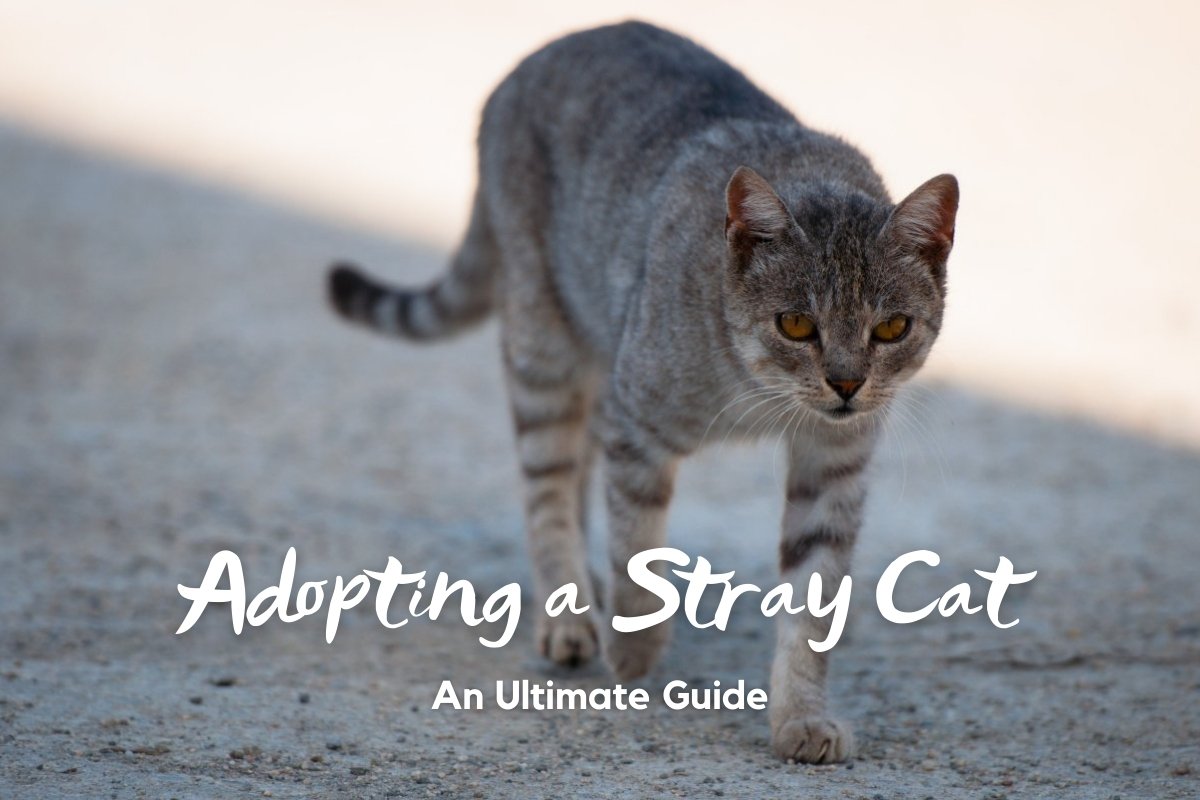

2 comments